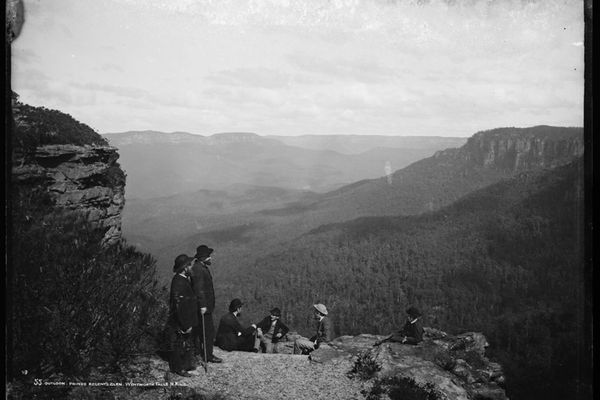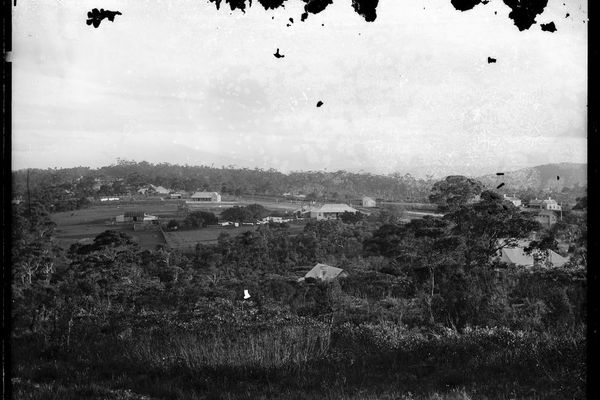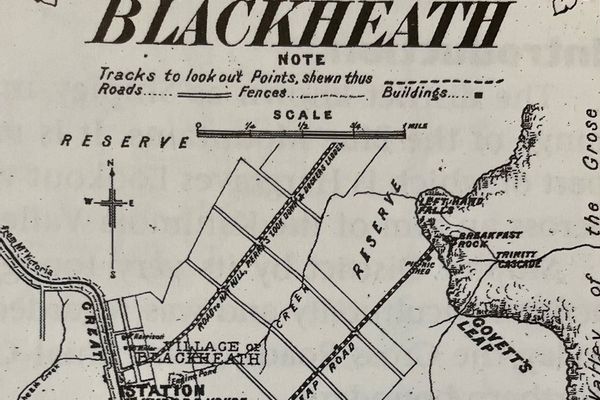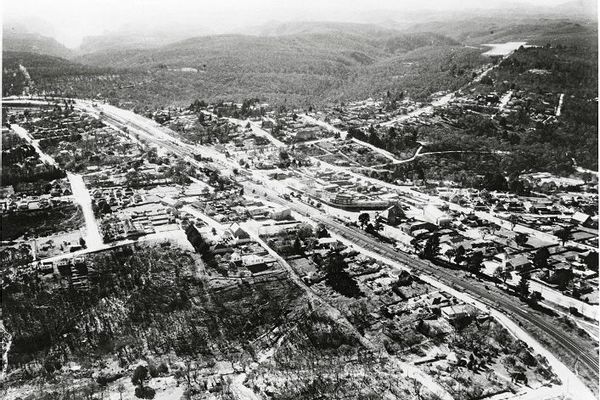Blackheath Heritage Trail
Acknowledgement of Country
The City of the Blue Mountains is located within the Ngurra (Country) of the Dharug and Gundungurra peoples. Blue Mountains City Council recognises that Dharug and Gundungurra Traditional Owners have a continuous and deep connection to their Country and that this is of great cultural significance to Aboriginal people, both locally and in the region.
For Dharug and Gundungurra People, Ngurra takes in everything within the physical, cultural and spiritual landscape - landforms, waters, air, trees, rocks, plants, animals, foods, knowledge, songs, stories and art, as well as spiritual beings, and people: past, present and future.
Blue Mountains City Council pays respect to Elders past and present while recognising the
strength, capacity medicines, minerals, stories and special places. It includes cultural practice, kinship, and resilience of past and present Aboriginal and Torres Strait Islander people in the Blue Mountains region.
Blackheath
Blackheath is located on the Country of the Dharug and Gundungurra People. At 1066m above sea level it is one of the highest towns in the Mountains. It is distinctive and picturesque with streetscapes and gardens of cool climate trees, and an intact collection of historic buildings from a diverse range of periods and styles.
Blackheath’s name was coined by Governor Macquarie, who camped in the area in 1815 and described the landscape to be “of barren rock and blackened shrubs” and named it Hounslow. Upon returning to the area sixteen days later, he further observed the place being of “black and wild appearance” and renamed it Blackheath.
The town centre was the site of a military presence from 1830, which became the Blackheath Stockade from 1844, set up to establish the construction of the road to Bathurst. Over 130 convicts were housed there by 1845, and archaeological remains likely still exist under the town centre.
Andrew Gardner's Inn, originally the Scotch Thistle Inn, was the first significant building in the town, and began operation in 1831. The Inn is still in the same location although the original single-storey building has been demolished.
Blackheath became the first Crown land release subdivision in the Blue Mountains in 1879. Land sales and development led to the population increasing in the 1880s, and Blackheath was proclaimed a village and gazetted on 20 March 1885. The wide road reserves created by the subdivision, and formal street tree plantings with their spectacular seasonal displays of colour are important in defining the character of Blackheath.
Between the late 1880s to early 1900s Blackheath experienced a period of rapid growth, with many hotels and guesthouses built to accommodate the growing number of visitors. Soon Blackheath caught the attention of Sydney’s elite, who appreciated the upper Mountains cool climate along with the nearby natural attractions. They built some of the larger ‘country retreats’ in town.
The town became associated with nature appreciation tourism from the 1900s with the development of walking tracks to major scenic points. Blackheath remains a key access point to sites within the Greater Blue Mountains World Heritage Area such as the Grose Valley and the Blue Gum Forest.
The former Victory Theatre built c.1918, hosted cinema screenings for nearly fifty years. This landmark building on Govetts Leap Road is now a café and antiques market. The former School of Arts in the Memorial Gardens is now the Community Centre. The Gardens host growers and crafts markets and feature an impressive War Memorial on the Highway.
Blackheath remains a significant destination for visitors with its diverse opportunities for natural and cultural experiences.



